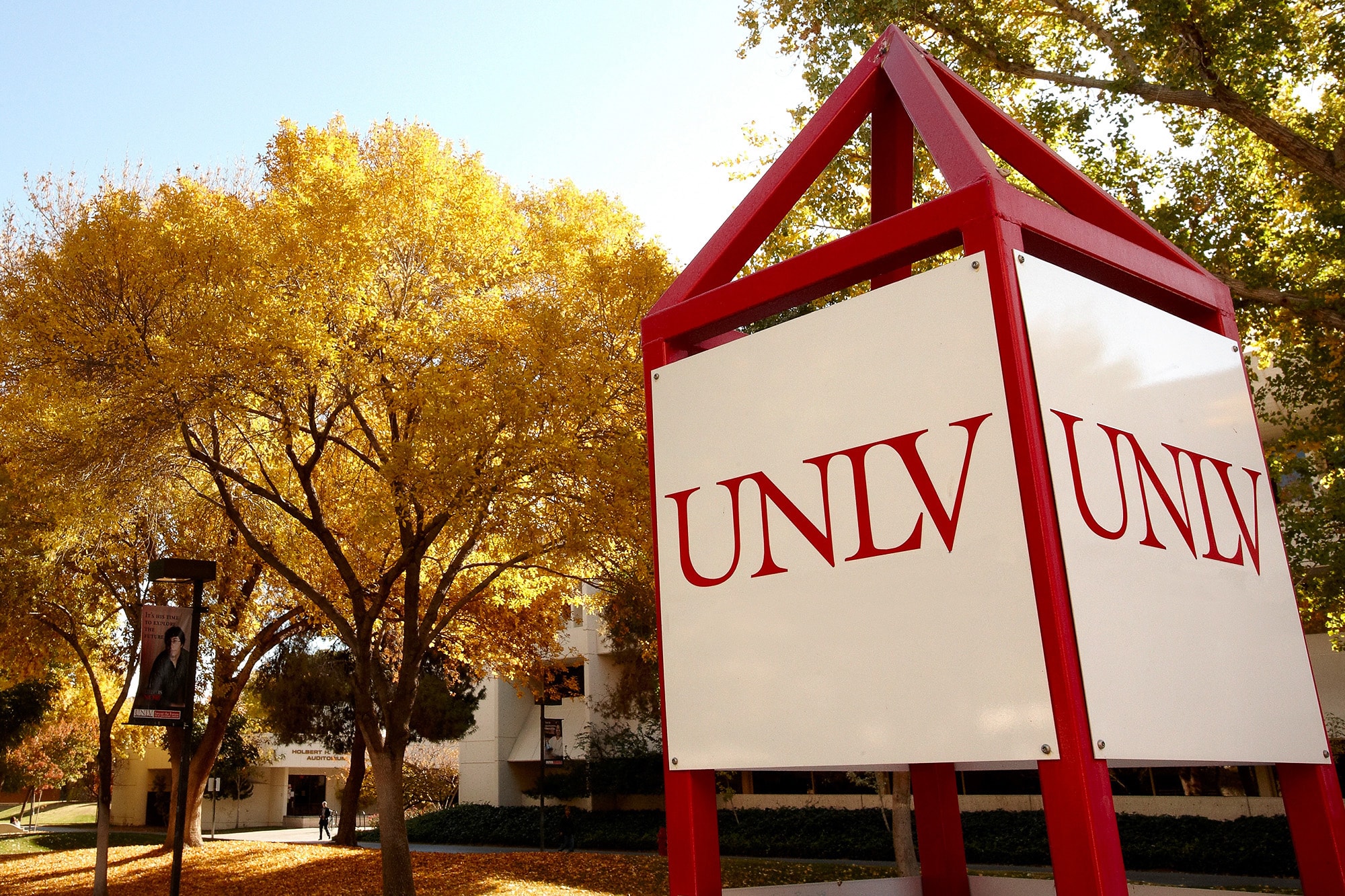Plans for large-scale groundwater withdrawal to serve the growing demands of Southern Nevada will likely reduce or eliminate many spring and wetland communities throughout the Great Basin and significantly reduce the region's aquatic biodiversity, according to a new study authored by scientists at University of Nevada, Las Vegas (UNLV), Trout Unlimited, and the National Center for Conservation Science and Policy.
The study found that plans by Southern Nevada Water Authority (SNWA) and Vidler Water Company to tap a regional aquifer extending across central and southern Nevada could ultimately affect 20 species and sub-species listed under the federal Endangered Species Act and adversely affect another 137 water-dependent species endemic to the region. Researchers also determined increased groundwater pumping would negatively impact agricultural water users who depend on the resource for their livelihoods.
"We must acknowledge the limits of water availability as we try to strike a balance between human water demand and the needs of natural systems and future generations," said James E. Deacon, lead author and distinguished professor emeritus in UNLV's department of environmental studies. "Only by combining growth-stabilizing policies with creative use of cutting-edge technology for water management can we hope to succeed in conserving our ecological heritage while building a sustainable society."
Results of the study, published in the September issue of the journal "BioScience," were obtained by examining currently allocated and pending water rights and evaluating the effect of proposed groundwater pumping on 78 basins throughout the state. Researchers also reviewed current Nevada water law and concluded that the state's methodology for permitting new water rights fails to adequately account for maintenance of ecological systems, thereby putting the region's biodiversity at risk.
The study shows that existing groundwater permits - which authorize the withdrawal of 735,003 acre-feet per year from the 78 basins examined - appropriate 102 percent of the basins' cumulative perennial yield, or slightly more than the total amount of water the state engineer has determined is available each year over the long term. However, at present, SNWA hopes to obtain rights to an extra 180,800 acre-feet per year of groundwater, while several satellite communities (e.g, Coyote Springs, Mesquite, Pahrump, Sandy Valley and Lincoln County communities) are seeking water rights to an additional 870,500 acre-feet per year.
Should those additional water rights be obtained, researchers say, groundwater pumping would extract approximately 250 percent of the region's estimated perennial yield of water per year.
Data for the study were also acquired from several existing groundwater models that were developed for specific basins within the area of probable impact - most recently focusing on Spring Valley, the area from which the SNWA recently has been granted rights to 40,000 acre-feet per year. Each of the research models, with the exception of the one developed by SNWA, showed groundwater level declines throughout the 78 basins, extending from Sevier Lake, Utah to Death Valley, Calif.
Also included in the study are recommendations for ways Southern Nevada can meet its metropolitan and ecological needs without over-exploiting the state's water resources. These include reducing per capita consumption, implementing cost-effective technologies (such as recovery of urban runoff and shallow saline groundwater), indirect potable water reuse, and desalinization.
The study was co-authored by Cindy Deacon Williams, director of aquatic science and education programs at the National Center for Conservation Science and Policy; Jack Williams, chief scientist for the national conservation organization Trout Unlimited; and Austin E. Williams, water and energy policy specialist for Trout Unlimited.



